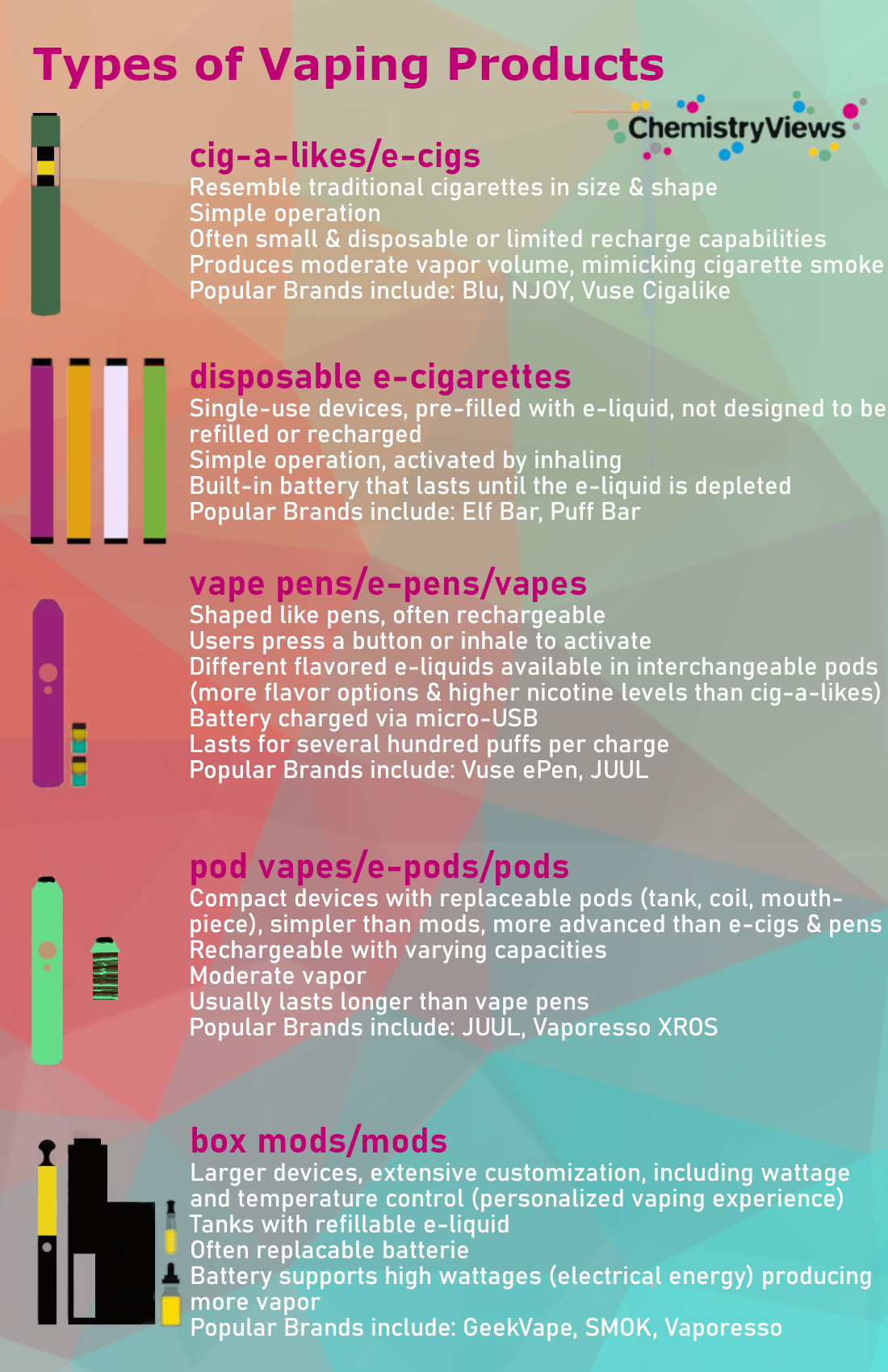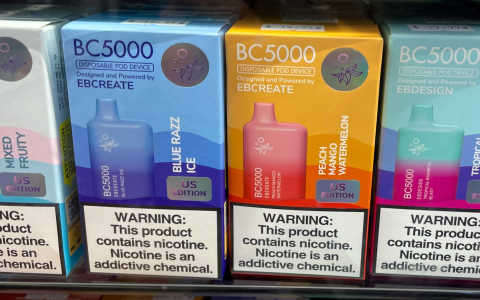Electronic cigarettes, or vapes, contain a variety of chemical compounds, primarily derived from e-liquids and generated through heating processes. These components are categorized into base solvents, active ingredients, flavor additives, and potential byproducts.
Primary Compounds in E-Liquids
E-liquids serve as the core substance vaporized in electronic cigarettes. Key ingredients include:

- Propylene Glycol (PG): A common solvent that carries flavorings and produces the vapor “throat hit.”
- Vegetable Glycerin (VG): A thicker base that enhances vapor production and smoothness. Both PG and VG are generally recognized as safe by food authorities but can degrade under heat.
These base compounds often constitute 70-90% of e-liquids, influencing viscosity and vapor density.
Nicotine and Its Role
Nicotine is the addictive stimulant added in variable concentrations (e.g., 0-59 mg/mL). It is not universally present but common in many products, extracted from tobacco and potentially linked to cardiovascular risks.
Flavorings and Additional Additives
Flavor compounds are diverse and may include synthetic or natural ingredients:
- Fruit, dessert, or menthol flavors derived from chemicals like diacetyl, acetoin, or ethyl maltol.
- These additives enhance appeal but can degrade into harmful carbonyl compounds when heated.
Flavorings lack uniform regulation, leading to potential impurities such as heavy metals from device materials.
Potential Harmful Byproducts
Heating e-liquids generates volatile compounds not originally present:
- Formaldehyde and acrolein: Carcinogens formed from PG/VG degradation at high temperatures.
- Acetaldehyde and ultrafine particles: Contribute to respiratory irritation and inflammation.
Levels vary based on device settings, e-liquid composition, and puffing behavior, posing inhalation risks similar to combustion-based products.
Overall, e-cigarette contents involve engineered and incidental chemicals, emphasizing the need for quality controls and research into long-term health effects.










